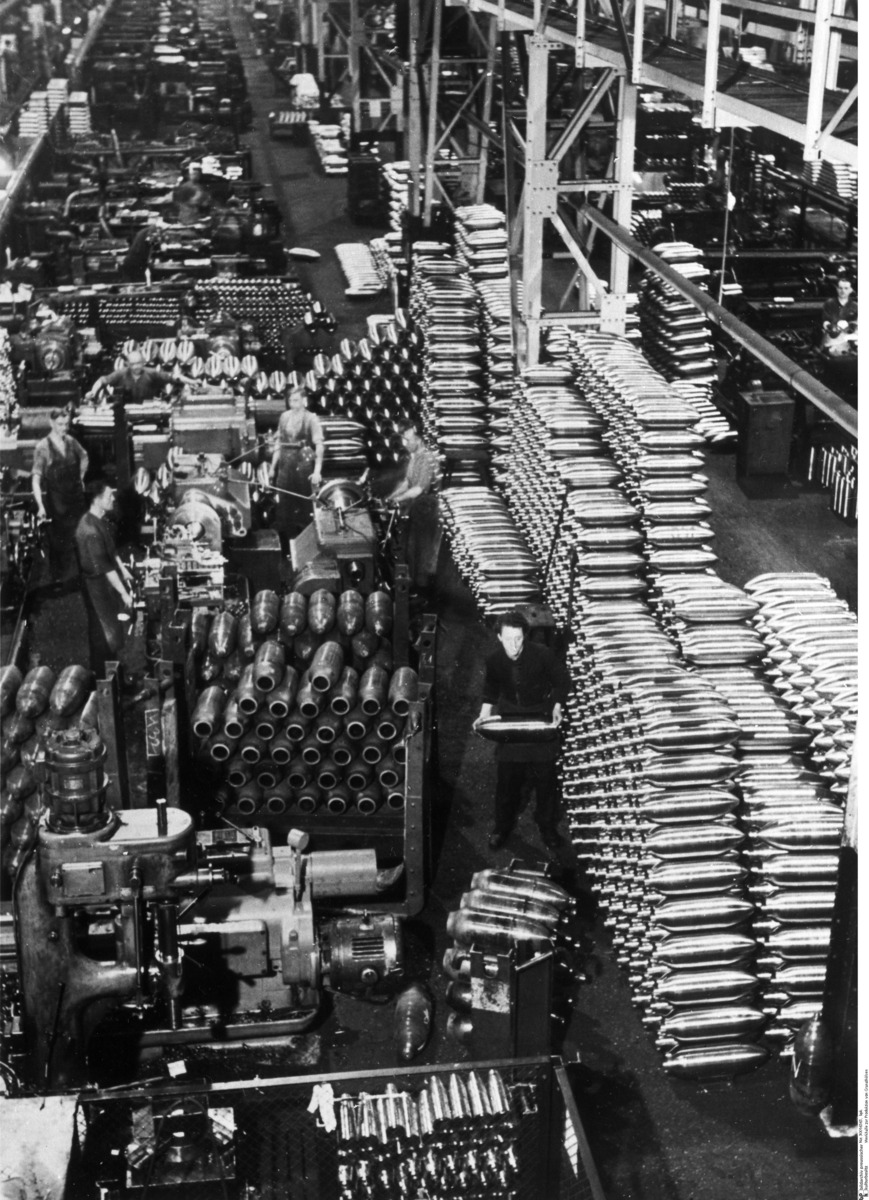Abstract
In 1933 the German armaments industry had already been given priority
over other sectors of the economy under the general plan to “restore
Germany’s capacity for self-defense.” The transition to total war
production did not take place until 1943, however. Up to that point,
Nazi economic and armaments planning was characterized by a lack of
coordination and by turf battles between rival authorities – a situation
that prevented the full exploitation of the country’s productive
potential. Moreover, Hitler had initally opposed the full move to a
complete war economy. The normal everyday life and morale of the German
civilian population was not to be affected. Instead, the Nazi war plan
had to adapt to the economic situation. Blitzkrieg offensives spared
scarce German resources. Conquered areas and peoples were brought into
the new German greater economic area
[Großwirtschaftsraum]. Above all,
this meant that their raw materials, foodstuffs, and machines were
systematically plundered and that their labor force was exploited.
